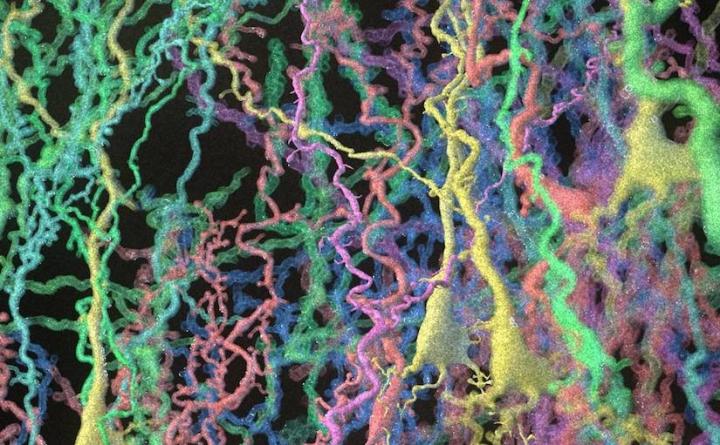September 19, 2019 -- Researchers at Cedars-Sinai have developed a new rapid technique the genetically modify mice to produce personalized animal models, for example, pediatric glioma.
The method was published on September 19, in Cell. The technique is called dual recombinase-mediated cassette exchange (MADR).

Malignant brain tumors are the second most common tumor in children equally nearly 20% of all pediatric cancers. Understanding the mechanistic underpinnings of this disease could lead to improved targeted therapies and mark a significant decrease in pediatric glioma.
Currently, scientists create mouse models through cell transplantation, deactivated virus infection, or breeding genetically-engineered animals. However, there are severe limitations such as, incomplete tumor formation, biohazard risks, and cost and time factors, which the research team hoped to address with the new MADR technique.
MADR technique utilizes mosaic analysis, which allows for stable zygosity-based labeling of mutant cells expressing transgenic elements from precisely defined chromosomal loci. This allows researchers to achieve precise, reliable results when modifying mice for research studies. MADR works by inserting a single copy transcript into a defined chromosomal locus in the cell of a mouse embryo or newborn mouse. Each mutation causes either inhibits protein function or causes protein abnormalities. The result is a replication of the original tumor both genetically and epigenetically.
This method is also valuable when working on cancer driven by multiple genetic variations. The mutations achieved by this method allow complex gene expression patterns and pathology to be reproduced. Scientists successfully modeled both pediatric glioma and ependymoma. Moreover, MADR is extensible to thousands of existing mouse lines, providing a flexible platform to democratize the generation of somatic mosaic mice.
This model can also be applied to human cells to create personalized disease models. In this research, pediatric patients provided the genetic material to be reproduced using MADr. "This finding shows the potential for scientists to incorporate MADR into 'disease in a dish' studies involving a wide range of disorders," says Joshua Breunig, PhD, assistant professor of Biomedical Sciences at the Board of Governors Regenerative Medicine Institute at Cedars-Sinai.
"My hope is that our new method, by modeling the spectrum of heterogeneity of tumors, will help us develop new, more-targeted therapeutics for pediatric glioma-one of the leading causes of cancer deaths in children and young adults," said Moise Danielpour, MD, associate professor of Neurosurgery at Cedars-Sinai.
Do you have a unique perspective on your research related to cancer biology? The Science Advisory Board wants to highlight your research. Contact the editor today to learn more.
Copyright © 2019 scienceboard.net






